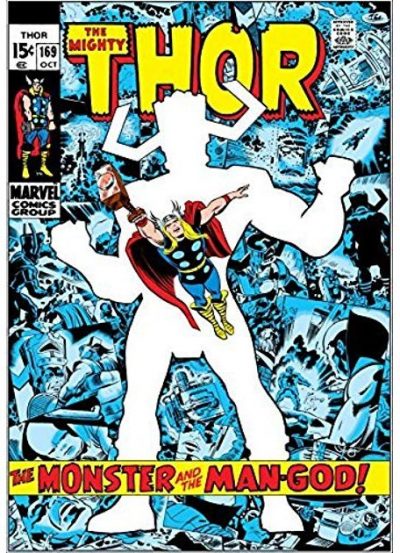
Conan the Barbarian #15 (May, 1972)
When we last left Conan back in December, he and his two companions — Zephra (daughter of Conan’s old foe, the wizard Zukala), and Elric (ruler of an otherworldly realm called Melniboné) had just fended off an attack by Prince Gaynor the Damned and his Chaos Pack of beast-men. We now pick up the tale where Conan the Barbarian #14 left off, as presented by the same storytellers — plotters Michael Moorcock (creator of Elric) and James Cawthorn, scripter Roy Thomas, artist Barry Windsor-Smith, and co-inker (with Windsor-Smith) Sal Buscema: Read More





